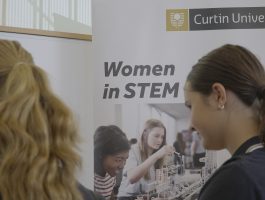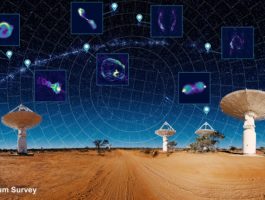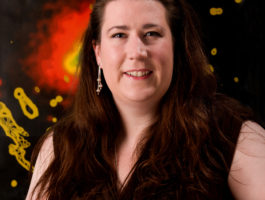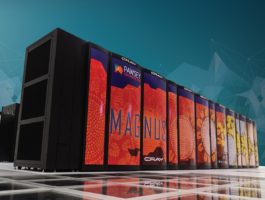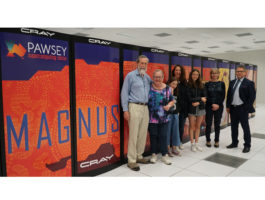
From radar to radio astronomy to super computing
Our first decade following in Joe Pawsey’s footsteps In our first decade, the Pawsey Supercomputing Research Centre has contributed to revealing the mysteries of the Universe: finding slowly spinning neutron stars, weighing galaxies to identify dark matter, finding gravitational waves, even hunting for signs of interstellar civilisations. These projects and many more are possible today
